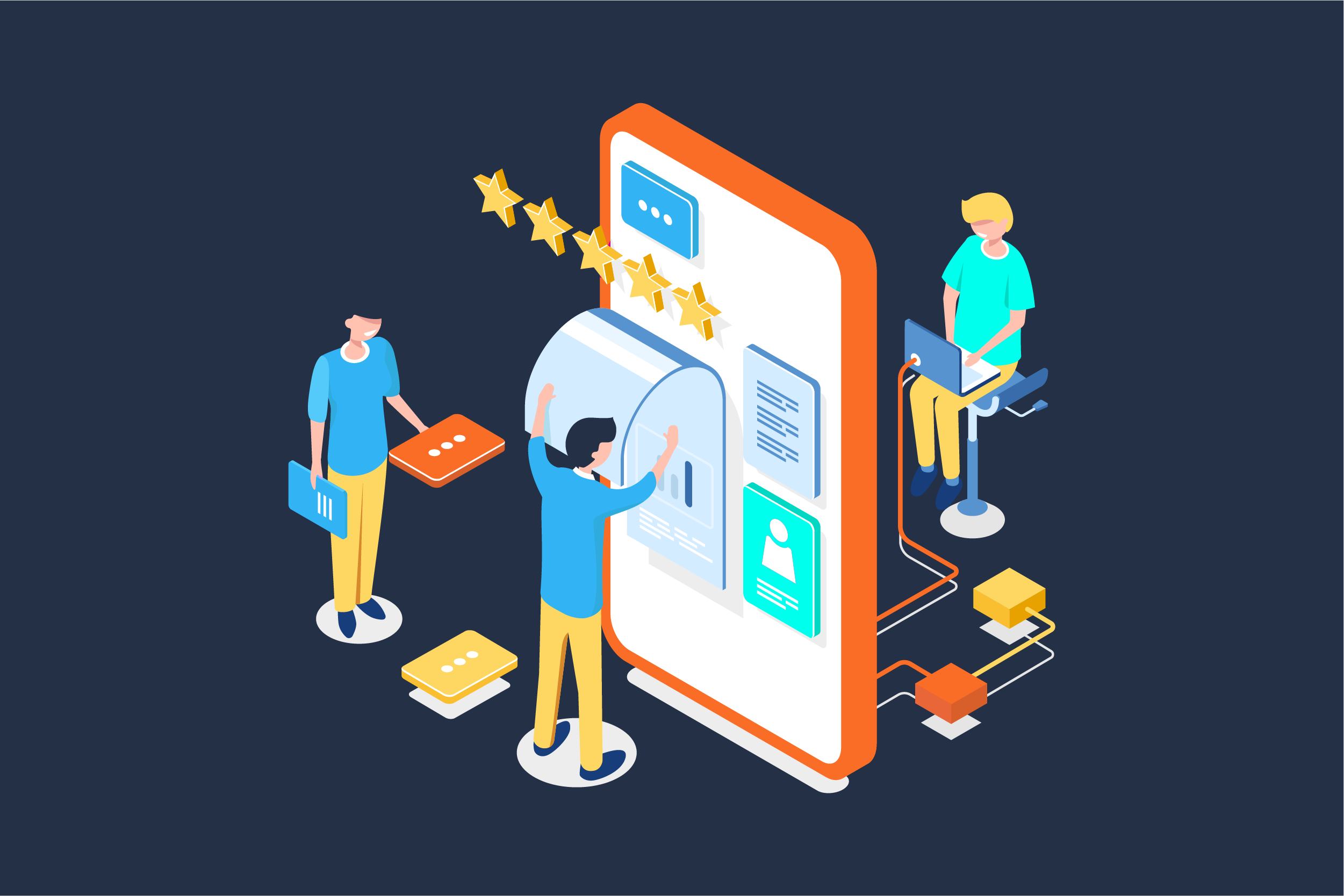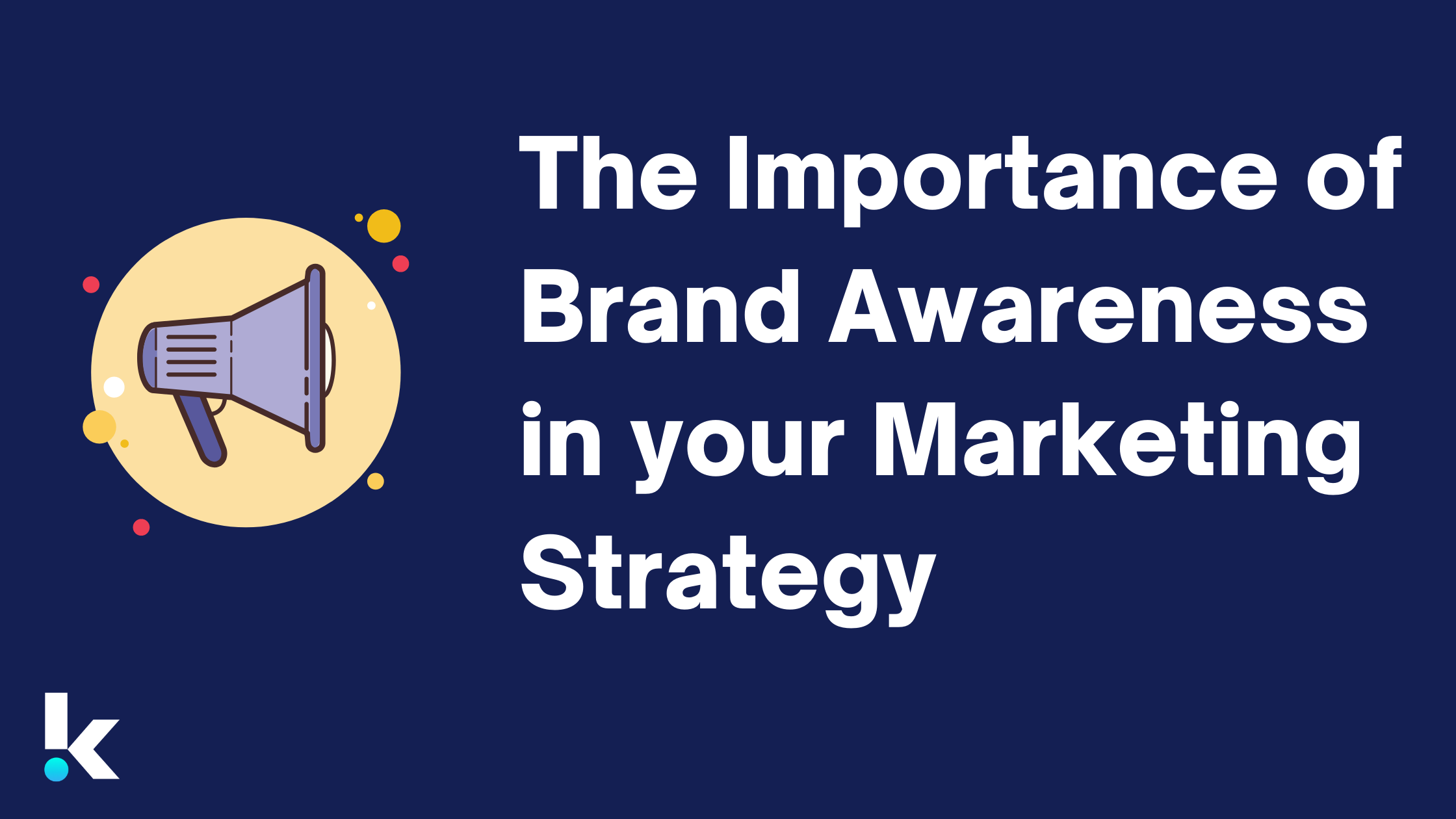Organisations of all sizes work towards business growth; channelling resources and human capital into various efforts for expansion and increasing revenue.
What is not entirely obvious is that business growth is maintained and scaled by having systems and processes in place to support said growth. Top-level management will need to make business-critical – and often expensive – decisions regarding information management, CRM, project management, and more. At some point, your business will have to abandon spreadsheets in favour of enterprise software solutions.
Considering the distinct technical requirements unique to companies of all types, evaluating enterprise solutions is no easy task even for seasoned veterans of the C-suite. According to CIO.com, failure in selecting enterprise software may stem from underestimating the innate complexities of the technology, inadequate or flawed evaluation, implementation delays, among other factors.
Rapidly advancing capabilities in technology, the need to maintain competitiveness, and global expansion have caused businesses of all sizes to adopt enterprise software solutions, with worldwide IT spending forecasted to grow 9% in 2021 to a total of USD 4.2 trillion.
What is enterprise software?
Enterprise software is a catch-all term for computer-based tools used in organisations to carry out or streamline business functionality. The adoption of enterprise software permeates throughout our waking lives more than we think; from mobile payments systems, we use daily to online orders through Amazon.
Similarly in the context of marketing enterprise solutions (usually classified as marketing technology or MarTech), organisations deploying tools to carry out activities such as CRM management, sales prospecting, or email automation can effectively and efficiently achieve their marketing goals.
The benefits of solutions such as monday.com, Mailchimp, and Salesforce are clear to any organisation looking to scale their operations to a national or global level, so the burning question is no longer “Should I use enterprise software for my organisation?” but instead “Should I buy or build enterprise software for my organisation?”
Barriers to buying enterprise software
Besides the fundamental criteria of having the capability to solve your marketing problems, here are 3 more factors affecting – or impeding – Martech adoption decisions.
1. The need for personalised solutions
Organisations looking to build their own enterprise solution most likely have one purpose in mind for in-house solutions: the ability to completely fashion the software’s functionality and specifications to their specific objectives and needs. The reason for this is obvious; organisations want best-fit solutions for efficiency and effectiveness in achieving business goals.
Top-level management may not be forthcoming in investing resources in solutions that aren’t completely catered to specific requirements. This concern stems from the inability to fully realise the organisation’s capabilities in delivering value and driving revenue without the proper solutions to empower employees.
2. Integrability
Enterprise software integration is another adoption barrier for MarTech; or any enterprise solution for that matter. For an enterprise solution to be effective, it has to integrate seamlessly into the current ecosystem of programs, software, and processes of an organisation, so it pays for you to do in-depth research about your options to prevent missteps such as subscribing for a platform does not integrate with your organisation’s CRM.
Organisations have their own proprietary processes and systems that drive their operations, so top-level management may be wary of replacing a cog in an otherwise well-functioning machine.
On the same note of requiring personalised solutions, some organisations cannot afford to constantly retrain their staff and reincorporate datasets or other information critical to their business.
A wrong decision may result in extremely costly mistakes and lost productivity, with the magnitude of negative effects amplified for multinational corporations with operations spanning the globe.
3. Costs
After considering integrability and solutions for specific requirements, ultimately cost underpins decisions regarding building or buying software. At first glance, it may seem that purchasing a market-available solution is the more costly option, but a thorough inspection of the ‘build’ option may cause members of the C-suite to reconsider.
Building solutions may seem like the best way forward to overcoming a specific issue facing a company, this option demands high monetary and non-monetary costs that come with ideation, creation, implementation, and maintenance.
As we will see later in the article, the benefits of enterprise software greatly outweigh the cost of acquiring and implementing it and developing software from the ground up.
Why your organisation should buy enterprise software
1. Enhances ability to deliver core value proposition
This is where basic economic theory comes into play: organisations can channel limited resources, particularly budget and manpower, into activities that provide them the most economic benefit. Put simply, organisations can focus on their key value drivers.
The digital age requires that organisations maintain a level of technological prowess to maintain and scale operations but despite the importance of enterprise solutions to achieve this, building software is not - and most likely will never be - a core competency of an organisation.
Organisations may not have the human capital or financial capacity to fund the development of support functions even if they are crucial to operational effectiveness. However, to say that developing a tailored solution is a completely unproductive allocation of resources is untrue and depends on the capabilities of your organisation’s IT function.
As an example, a trucking company’s core value driver is the delivery of large amounts of goods from one place to another oftentimes over long distances. To bring about the highest economic benefit, it is best that this company’s human capital is made up of individuals who are experienced and trained in this line of work (e.g. experienced truck drivers, project managers, warehouse workers). Operating at scale - as most trucking companies do - necessitates the use of fleet management systems to ensure costs are reduced and efficiency is maximised. With their personnel geared towards trucking, the organisation is better off outsourcing support functions to established solutions on the market; enhancing their ability to effectively deliver their core value proposition.
Similarly in the context of marketing, marketers of the organisation can leverage email automation and prospecting tools to more effectively generate and nurture leads at scale.
2. Leverage capabilities and established systems of other providers
A misconception surrounding enterprise solutions is that they replace certain - or parts of - business functions. But as we’ve seen in the example about the trucking company, enterprise solutions simply enhance an organisation’s ability to deliver their core value proposition by leveraging the capabilities and established systems of the enterprise solution provider.
Why build when experts have already brought game-changing solutions to market? After all, wouldn’t it be more beneficial to enlist the expertise of programmers and developers from solution providers who dedicate their capabilities to solving your business problems?
Besides the ability to carry out value-providing activities, implementing enterprise software systems allows organisations to leverage the capabilities required to maintain said software which is just as important. This includes data storage on servers and cloud systems, updates and patches, and most importantly, data security.
With capabilities and established systems in place and market-ready deployment time is massively decreased, where in most cases the only hurdle an organisation needs to clear before obtaining access is a paywall. Decreased deployment time allows organisations to avoid the wait time needed to develop in-house solutions, which may take from a few months up to a year.
As organisations grow, these systems and processes need to grow at the same pace. Most significantly, organisations growing at break-neck speed can instantaneously implement enterprise solutions to support their trajectory.
Marketing technology providers have assets and competencies that enable marketers to carry their job out to the fullest. Programs, infrastructure, and systems built around processes like automation, data collection, and project management provide in-house marketers with the tools to focus on demand generation for their organisations.
3. Lower Implicit and Explicit Costs
The most significant decision driver surrounding building versus buying software is cost – and not all of them are monetary.
The monthly or yearly subscription to enterprise solutions may look daunting to cash-strapped organisations, but considering that one in six IT in-house projects have an average cost and schedule overrun of 200% and 70% respectively due to poorly executed project management, buying may look like the cheaper option.
Complex business problems require input from multiple departments and multiple levels throughout an organisation and may include input from external collaborators and suppliers as well. The expansive scope of the business problem may warrant solutions with complex functionality and by extension, higher costs that come with creation and implementation.
It is important to note that enterprise solution providers have large customer bases, which allows them the economies of scale to provide services at a relatively lower cost per user – a significant edge outsourced solutions have over home-grown systems.
Another substantial aspect of the cost that comes with enterprise software management is implicit costs. An example of this is those associated with maintenance, which poses a threat to the long-term financial sustainability of in-house solutions. Maintenance costs incur the technical debt for an organisation, which are expenses surrounding additional work and fixes over the useful life of the software.
While IT departments may be hard-pressed by top-level management to deliver market-ready solutions in narrow timeframes, these solutions inevitably require higher technical debt over the long run. Technical debt results in time wasted by in-house developers and programmers from the ongoing maintenance of an organisation’s own software when their time may be better spent elsewhere in the organisation.
Another negative effect of technical debt is when the project is handed over from one developer to another, which may leave the new owner of the project with an undecipherable codebase which may require reworks to overhaul the system.
This also extends to the internal users of enterprise solutions: employees. In addition to the learning curve that comes with integrating new software into existing processes, flawed software impedes employees’ ability to do their work effectively and efficiently with poor information management, user-unfriendly interface, constant bugs and fixes, and security breaches. This culminates in employees’ inability to carry out value-driving activities and productivity which, although not apparently obvious, affects long-term revenues.
Choose Komo’s digital engagement tools to achieve your marketing goals
Komo’s platform boasts a wide range of digital engagement tools for brands to engage their customers with interactive and immersive content and build their understanding of their target market through the collection of first-party data. The drag-and-drop functionality of Komo’s Engagement Hub allows brands to create a digital destination of exclusive content ranging from videos, quizzes, and polls – fully customisable to fit your organisation’s branding. No coding required.
Learn more about Komo’s Engagement Hub here: https://www.komo.digital/engagement-hub




